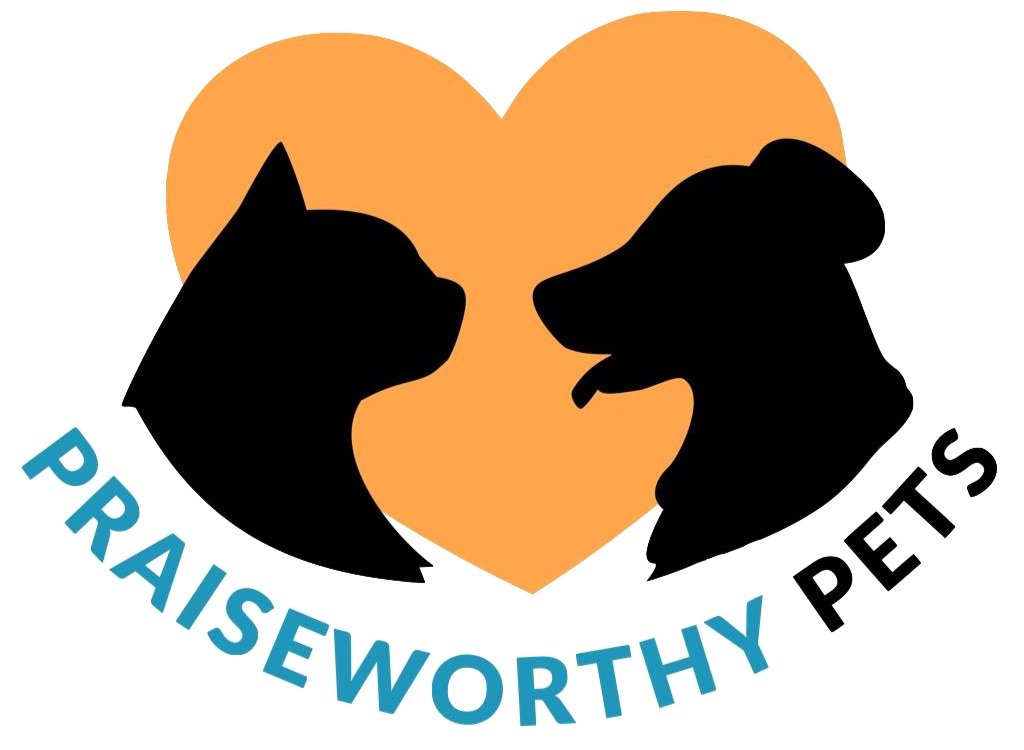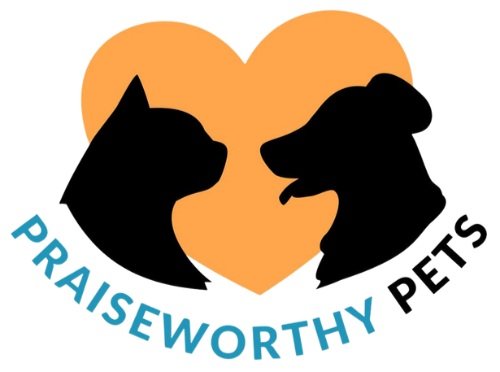Not All Cats Are A$$holes! - with Beth Brown
Are all cats assholes? Of course not! For reasons unbeknown to them, cats have gained a reputation that misleads people into thinking that all cats are (for lack of a better word) catty. This couldn’t be farther from the truth and I’m on a mission to put a stop to this cat prejudice once and for all.
My special guest on this episode of It’s Training Cats and Dogs, is the incredible Beth Brown (CCBC, CPDT-KSA, CCUI), Ear to Tail owner and behavior expert who works with shy and fearful animals. Her biggest pet peeve is when people assume it’s normal for a cat to be an asshole, which (spoiler alert) it isn’t!
Together, we discuss how Beth uses her expertise to help people manage relationships between their pets with a focus on multispecies homes.
So, if you want to find out how to turn your ‘asshole’ cat into a perfect angel, this is the episode for you!
If you'd like to listen to the episode, press play below:
Common misconceptions about cats
Beth says there are some common misconceptions about cats when it comes to working with them on their behavior.
Cats aren’t viewed in the same way as dogs when it comes to behavior. If a dog acts out, they need behavior modification. However, if a cat bites or scratches, tough luck – that’s just what cats do. Of course, as professional trainers, we know this isn’t the case.
Cats never act out on purpose. Just like dogs and other species, cats also need and deserve enrichment and communication.
One of the most common and potentially damaging misconceptions around cats is believing them to be low-maintenance animals. Leaving cats home alone while the owners jet off on holiday has become an all too familiar occurrence in our society.
Here are some other misconceptions about cats:
They don’t need much space
They are independent animals, which means they don’t need much attention
You can leave cats home alone for long periods of time and they’ll be fine
Most cats are antisocial and prefer to be alone
You can’t train cats
The list goes on and on. Unfortunately, these assumptions are all false. Cats are very social animals and highly trainable. They NEED interaction with their owners every day.
How to find your cat’s ‘training motivation’
Most dogs love food and would do pretty much anything for a piece of chicken. However, cats aren’t always so food motivated. That doesn’t mean you can’t train your cat. You just need to experiment and find the right way to approach it.
If you’re trying to get your cat to become more food motivated, try these helpful tips:
If your cat doesn’t like taking food from your hand, try putting it on the floor
Give your cat four smaller meals a day instead of two larger meals
Have a quick play session before a training session to work up an appetite
Body language cues
Like humans, animals communicate through body language. Dogs wag their tails when they’re happy and perk their ears up when they’re alert.
But what body language do cats use to communicate with us?
Here are a few to look out for:
Tail pointed up – your cat is either greeting you and/or they want your attention
Rolling over with exposed tummy – they trust you but DON’T rub their belly, they usually don’t like that!
Flared whiskers, hissing, spitting – you should probably give your cat some space!
Swishing tail – could mean potential danger (but not always)
Rubbing up against you and purring – you’ve got the green light to go in for some cuddles (providing your cat is the snuggly type!)
Remember that when it comes to understanding how to read your cat’s body language, every cat is different. You need to get to know your cat. Become proactive in learning how your cat communicates and what they are trying to say through their body language.
How a shelter cat won a feline agility ribbon
Beth shared an incredible story about how she trained a shelter cat to become a first-place show cat. The cat needed a lot of one-to-one enrichment time. He wasn’t the friendliest cat at the shelter and hated it when people invaded his personal space to clean his kennel.
Although he wasn’t a typical show cat, he showed potential. The enrichment proved to work very well with him, and he saw a lot of success in agility-based tournaments. One success led to another and before anyone knew it, he won his first ribbon.
However, the ribbon wasn’t the best outcome of this situation. As Beth emphasized, the real triumph came later.
When people at the shelter saw how great this cat was doing with training and everything else, suddenly everyone wanted him. He was soon adopted into a very loving and caring home.
Busting the ‘good cat/bad cat’, ‘good dog/bad dog’ myth
There’s nothing worse than labeling cats and dogs as ‘good’ or ‘bad’. There is no such thing as a good or bad dog or a good or bad cat.
If you have a cat or a dog who won’t seem to cooperate no matter what you do, that doesn’t automatically make them a ‘bad’ pet. This is their way of communicating with you. If they don’t do something that you want them to, ask yourself why. Because, believe me, there is a reason.
99.99% of the time, it can be solved by you taking the time to understand what your pet needs from you and then finding a solution that works for both of you.
Beth shared a heart-warming story that proves that cats are definitely not difficult pets. Her close friend adopted a cat from the shelter who had a reputation for biting employees and swiping at anyone who came too close. Nonetheless, her friend adopted the cat and brought him home to her Standard Poodle.
Her friend didn’t expect the two to get along at first and she had very realistic expectations. But she also did a few things that really helped her new cat settle into the home and get along with her existing dog, which included:
Giving the cat space to move around and exercise
She ‘catified’ her apartment in advance by installing high-end pathways so that the cat could move freely around the home
She was very ‘hands off’ with him in the early days, making sure he had the space he needed
She took steps towards building the cat’s confidence through enrichment and training
The result?
One of the snuggliest cats that Beth has ever met.
Tips to help make everyday life more enjoyable for your cat
You and I both know that cats are not assholes. But what can you do to help your cat enjoy a less stressful and more enjoyable life with you at home?
Here are a few of Beth’s top suggestions:
Give your cat options – giving them the option to explore different rooms, hide behind the couch if they need some space, and having different levels to relax and stretch on are all great ways to give your cat more options
Block off different areas to give your cat space and privacy (away from the dog) whenever they need it
Provide scratchers for your cat
If you need help creating a peaceful home where all of your pets get along, I want to help! Let’s find a time to talk about your pets and what training program would be best for you.

